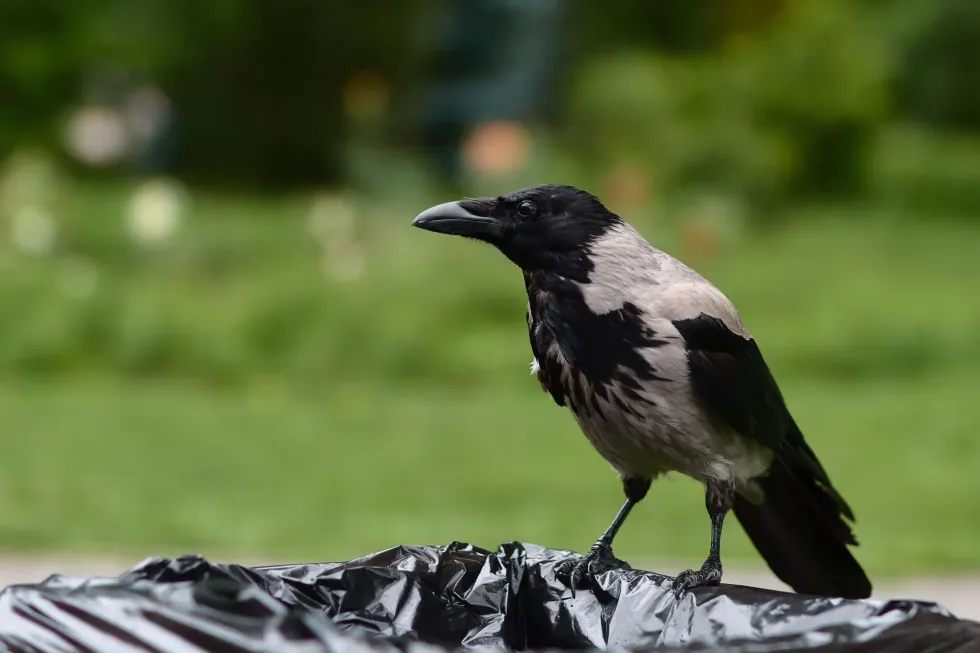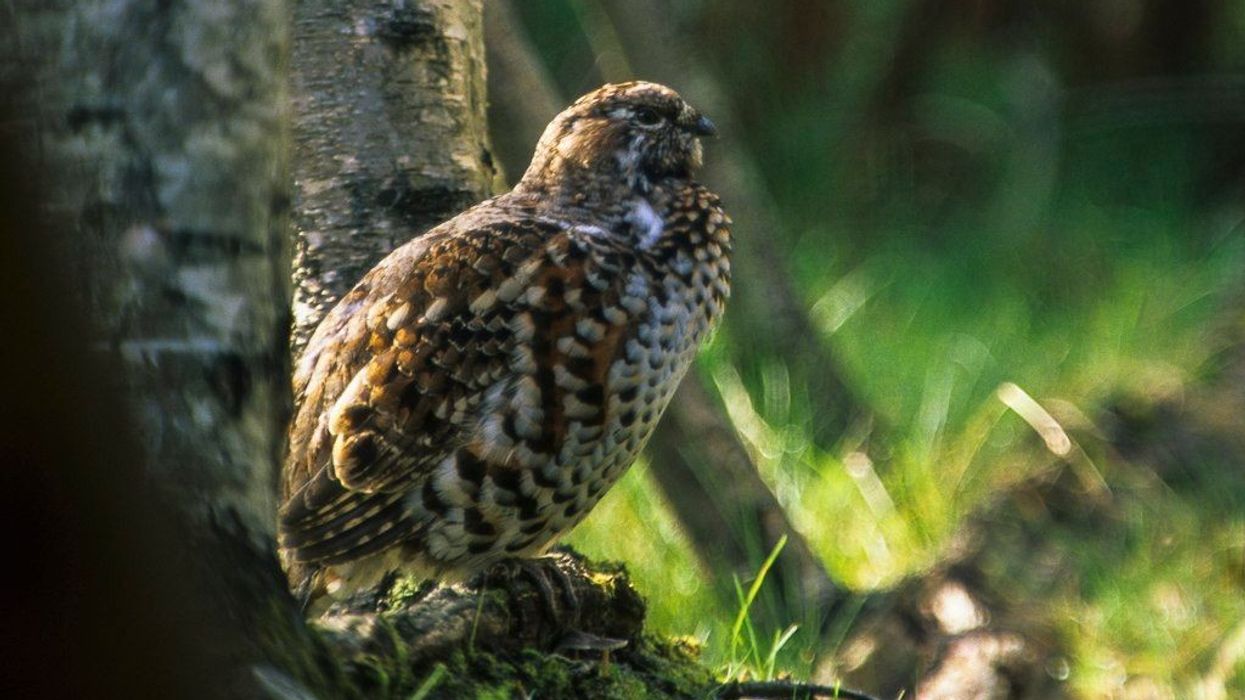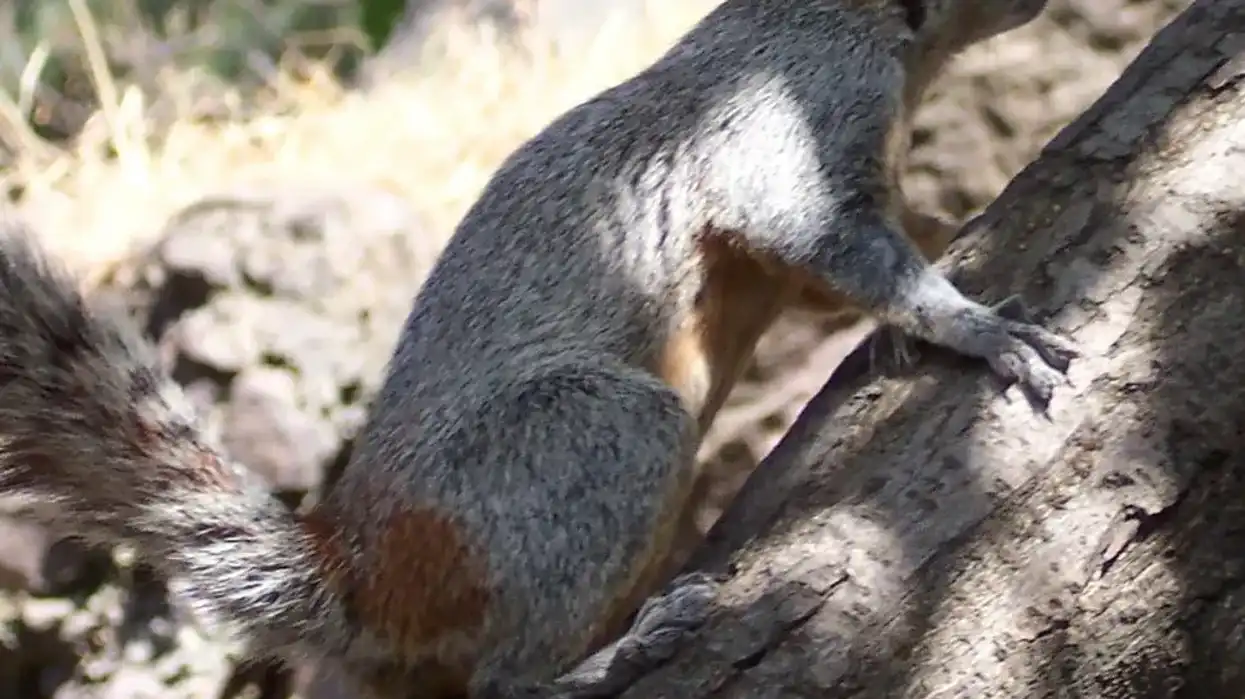The grey crow is a bird that weighs 1.1 lb (520 g) and has a length of the range of 16.53-17.71 in (0.4-0.5 m). Its distribution is on the island of New Guinea and the surrounding ones.
It prefers the lowland trees and offshore islands. It is regarded as a family-oriented bird. It is overall body black in color.
Leg feathers are relatively short and graduated, compared to tail feathers. The color of the bill also varies.
An unfeathered area around the eye shows the tone of a pinkish-white skin. Young birds have relatively pale plumage, with head and underparts that are almost white, and their wings, tail, and primaries are predominantly dark brown. The nest is usually built out of sticks on tall trees, cliffs, old buildings, or pylons.
There are times when they are placed near or on the ground. These birds are omnivorous.
The diet of these birds is primarily comprised of fruits, frogs, water insect larvae, which it typically finds in shallow water on sand bars or shingle banks along rivers. Special language is used by crows to communicate with each other. Different situations call for different vocalizations.
Their song is hoarse, which sounds like ka or caw. There have been no precise estimations of population number, but their abundance in the world has been determined.
If you enjoy reading about the grey crow, check out interesting facts about the common raven and white necked raven.
Grey Crow Interesting Facts
What type of animal is a grey crow?
Grey crow is a bird from Aves class.
What class of animal does a Paradise Crow belong to?
Grey crow is a type of bird from Corvus genus.
How many grey crows are there in the world?
The total number of birds in the world has not been estimated. According to the IUCN List of endangered species, there are abundant birds of this species found in the world.
Where does a grey crow live?
The grey crow is a native species of the New Guinea island and also found in Ireland. Their distribution is also in Europe, northern Britain, or southern Scotland.
What is a grey crow's habitat?
It is found in the lowland and offshore islands in both primary and secondary forests in both lowland trees and hill forests up to ft (1350 m) in height.
Who do grey crows live with?
Grey crows live within a group of four to eight birds.
How long does a grey crow live?
The lifespan of the grey crow is approximate of about four years. Although not much information is recorded about them.
How do they reproduce?
Breeding seasons start in mid-May to mid-June. Nesting usually occurs later in winter regions. The nest is built sticks in tall trees, cliff edges, old buildings, or sometimes pylons. They are occasionally placed on or near the ground.
It is quite similar to Carrion Crow. The female lays the clutch of four to six. The incubation period lasts for 17-19 days, and the feeding is done by the male. After 32-36 days, the nestlings fledge away.
What is their conservation status?
The grey crow birds are listed as the Least Concern under the IUCN Red List. There is no exact estimate of their population, but it has been determined that they are abundantly found in the world.
Grey Crow Fun Facts
What do grey crows look like?
The grey crow species is known as the bare-faced crow.
They are similar to ravens. An adult bird's overall color is black with random bleached feathers on its wings and tail.
It is roughly the same size as the carrion crow (Corvus corone) within the length range of 16.53-17.71 in (0.4-0.5 m), though its adult feathers have somewhat unusual feather pigmentation and its proportions are distinct from those of the other birds of this genus during its juvenile phase.
Compared to the legs, the feathers on their tail are relatively long as well as graduated. It shows a pinkish-white skin tone with blue eyes and a large area without feathering around the eye.
As with other species of Corvus, its nasal bristles are much wider and less pronounced.
There is also some variation in the bill color, some species having blue portions of the mandible and pink portions of the bill, while others have pinkish-white with a darker tip.
When compared with the adult bird, the juvenile bird's plumage is relatively pale, being a soft brown to cream, with blackish-brown and fawn parts of its wings, tail, and primaries, and almost white parts of its head and underparts.
They are also often quite confused with hooded crows because of their color.

How cute are they?
The grey crow species is not referred to as a cute bird in any way.
How do they communicate?
Crows communicate with a special kind of language. Their vocalization varies in different situations. They have a hoarse call like ka or caw.
A group member is generally called to locate the rest of the flock by giving three long caws during flight. Those members who are doing well will repeat three short caws at the same pitch as the outlying members.
Whenever there are any radical changes in pitch or more than three caws within a short time period, the flock/family is being alerted that something is wrong. Hawks and owls are always present in the territory of the crows when they are nearby. It is easy to recognize the calls as 'excited,' but they are not random.
How big is a grey crow?
The grey crow is quite similar in size to carrion crow (Corvus corone). It is 16.53-17.71 in (0.4-0.5 m).
How fast can a grey crow fly?
The grey crow has a flight speed of about 48.2-96.5 kph (30-60 mph).
How much does a grey crow weigh?
This bird has a weight of around 1.1 lb (520 g).
What are the male and female names of the species?
There is no specific name for different sexes. They are usually referred as male grey crow and female grey crow. They are also known as bare faced crow and by their scientific name, Corvus tritis.
What would you call a baby grey crow?
The baby bird is called as chick or young crow.
What do they eat?
The diet of this bord includes fruits, frogs, worms, aquatic insect larvae, typically found in shallow water in sand or shingle beds along rivers.
Are they dangerous?
Yes. Crows do not only rebuke dangerous individuals, they also include family members and even strangers in their mobs. Within mobs of crows, hostile behavior provides naive birds with an indirect means of learning about a possible danger, and they can also associate the individual's face with that danger.
Would they make a good pet?
No, this bird is not kept as a pet in any part of the world.
Did you know...
The crow is a black-colored bird with a loud, harsh 'caw' song, popular for its intelligence, adaptability, and intelligence. They can recognize a face and hold grudge forever. If a person mistreats them, they'll remember that face forever as a foe. The grey crows are quite social and may gang up on their predators if needed.
The grey crow's call
The grey crow has a loud, harsh sound as Caw or Ka.
How did the grey crow get its name?
The Latin word Corvus, meaning raven, corresponds to the word tristis, meaning crow. Thus the name Corvus tristis.
Here at Kidadl, we have carefully created lots of interesting family-friendly animal facts for everyone to discover! For more relatable content, check out these Hawaiian crow facts and little crow facts pages.
You can even occupy yourself at home by coloring in one of our free printable magpie-lark coloring pages.
Second image by Tony Hisgett.









